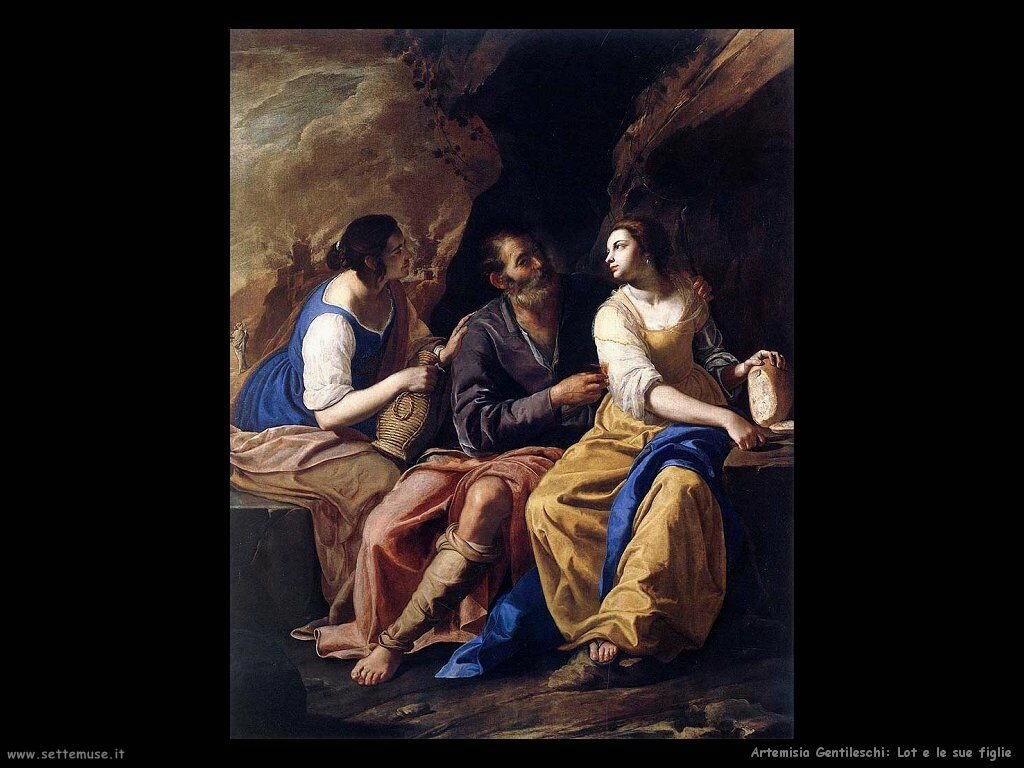

However, the focus tends to be on the traumatic events in her personal life: her father’s friend, Agostino Tassi, raping her, and the trial that followed, where she was subjected to torture. The Artemisia exhibition at the National Gallery has contributed to this significantly, bringing together a collection of her best-known work. As I’ve mentioned in a previous post, she’s been the subject of plays, TV, and a whole host of other media. The cover exhibits a beautiful painting of Artemisia by Simon Vouet.Īrtemisia Gentileschi has exploded into fame over the past few years. To begin with, this is a gorgeous book: it has some stunning illustrations and the pages are thick and glossy. Stressing the importance of orality in Baroque culture and in Artemisia’s paintings, Locker argues for her important place in the cultural dialogue of the seventeenth century.

The fact that she was semi-illiterate has erroneously led scholars to assume a lack of literary and cultural education on her part. This beautifully illustrated and elegantly written book provides a revolutionary look at Artemisia’s later career, refuting longstanding assumptions about the artist. While the artist’s early paintings have been extensively discussed, her later work has been largely dismissed. This attention to Artemisia, after many years of scholarly neglect, is partially due to interest in the dramatic details of her early life, including the widely publicized rape trial of her painting tutor, Agostino Tassi, and her admission to Florence’s esteemed Accademia del Disegno. 1656) has figured prominently in the art historical discourse of the past two decades. Hailed as one of the most influential and expressive painters of the seventeenth century, Artemisia Gentileschi (1593–ca.

An important reassessment of the later career and life of a beloved baroque artist


 0 kommentar(er)
0 kommentar(er)
